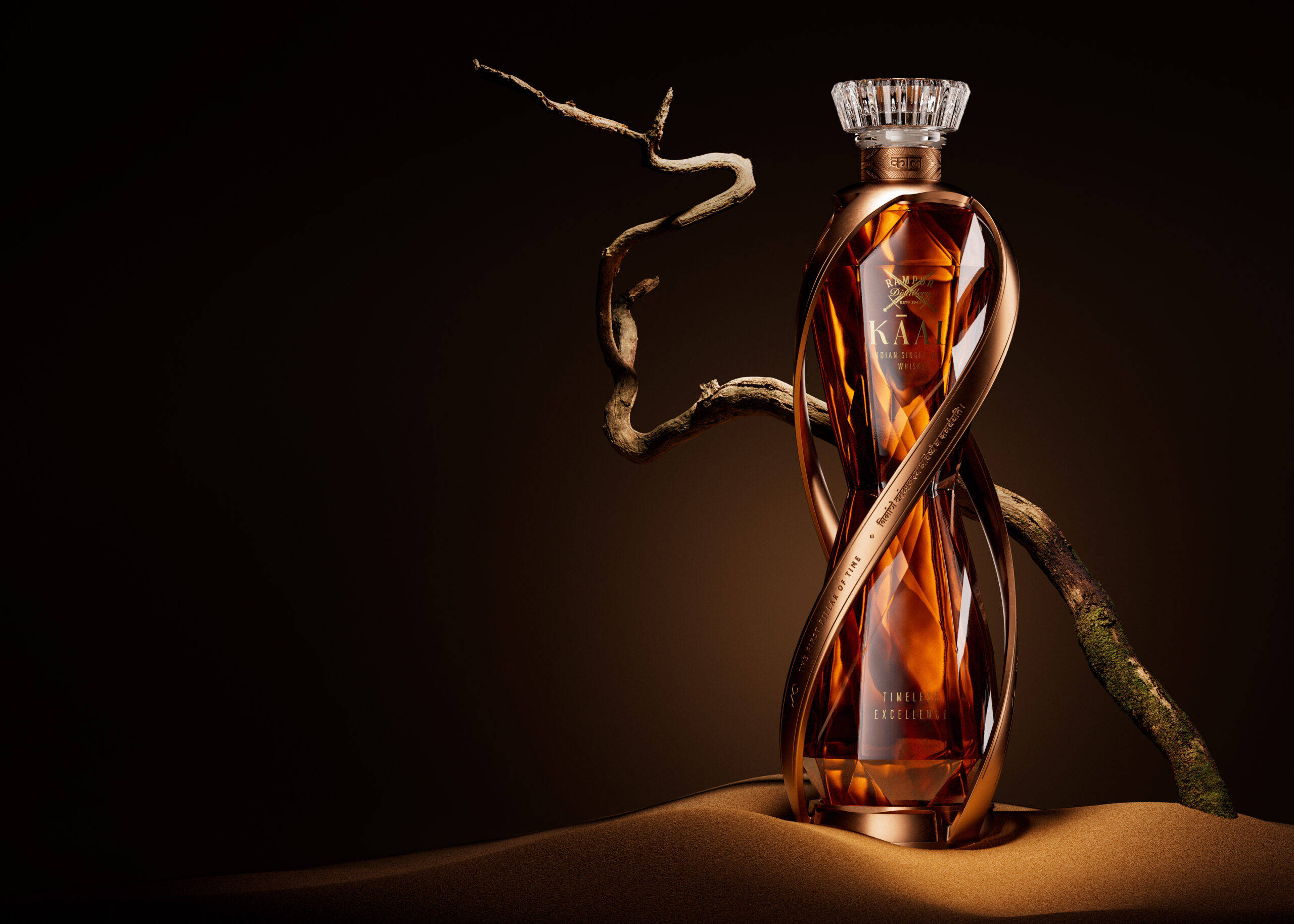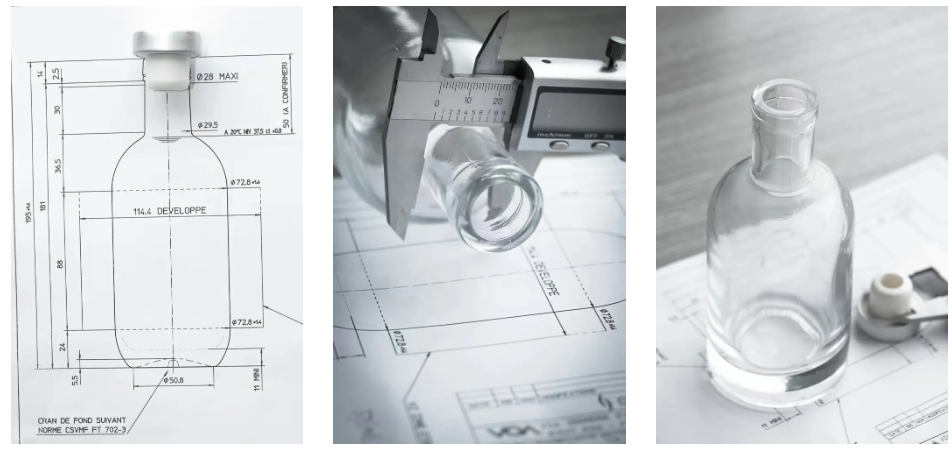Design Customization: Crafting the Unique Glass Bottle from Concept to Completion
31 Jul.,2025
Conceptualizing the Design Creating Detailed Design Drawings Developing the Mold Prototype Production Deep Processing and Finishing The Final Product
Conceptualizing the Design
The journey of crafting a unique glass bottle begins with a spark of inspiration. Here’s how the conceptualization phase unfolds:
- Brand Alignment: The design must align with the brand’s ethos, story, and target market. It should evoke the essence of the spirit it will hold.
- Sketching Ideas: Initial sketches capture the bottle’s potential silhouette, considering traditional or avant-garde shapes that will make the bottle stand out.
- Feedback and Revision: The design is refined through multiple iterations, incorporating feedback from the marketing team, customers, and industry experts.

Creating Detailed Design Drawings
Once the concept is approved, the next step is to create detailed design drawings:
- Dimensions: Exact dimensions are crucial for the manufacturing process, ensuring the bottle fits standard production lines and shipping requirements.
- Surface Treatment: The drawings specify the type of glass, surface finishes, and any decorative elements such as etching, sandblasting, or painting.
- Technical Specifications: The drawings include technical details for the mold-making process, like draft angles and parting line

Developing the Mold
The mold is the heart of the glass bottle manufacturing process. Here’s how it comes to life:
- Mold Design: Based on the design drawings, a mold design is created, often using CAD software to ensure precision.
- Material Selection: High-quality metals, like stainless steel or aluminum, are chosen for the mold to withstand the high temperatures of the glassblowing process.
- Mold Construction: Skilled craftsmen construct the mold, which includes creating cavities for the bottle’s shape and any intricate details.
Prototype Production
Before full-scale production, a prototype is made to test the design and functionality:
- Prototype Mold: A prototype mold is created to produce a limited number of bottles for testing.
- Glassblowing: Glassblowers use the prototype mold to shape and form the glass, fine-tuning the process as needed.
- Evaluation: The prototype bottles are evaluated for aesthetics, functionality, and alignment with the original design concept.
Deep Processing and Finishing
With the prototype approved, the deep processing phase begins to add the final touches:
- Glass Blowing: The final mold is used to produce the glass bottles on a larger scale, with glassblowers carefully shaping each bottle.
- Annealing: The bottles undergo a controlled cooling process to relieve internal stresses and ensure durability.
- Decoration: Any decorative elements, such as screen printing、carving or paper label、spray, are applied using precision machinery or skilled artisans.
- Quality Control: Each bottle is inspected for imperfections and to ensure it meets the stringent quality standards.
The Final Product
The culmination of this meticulous process is a unique glass bottle that embodies the brand’s essence:
- Uniqueness: The bottle’s design, from its shape to its decorative elements, is a testament to the brand’s individuality.
- Functionality: The bottle is not only beautiful but also practical, with a design that allows for easy handling and pouring.
- Brand Representation: The final product is more than a container; it’s a symbol of the brand’s commitment to quality and distinction.

